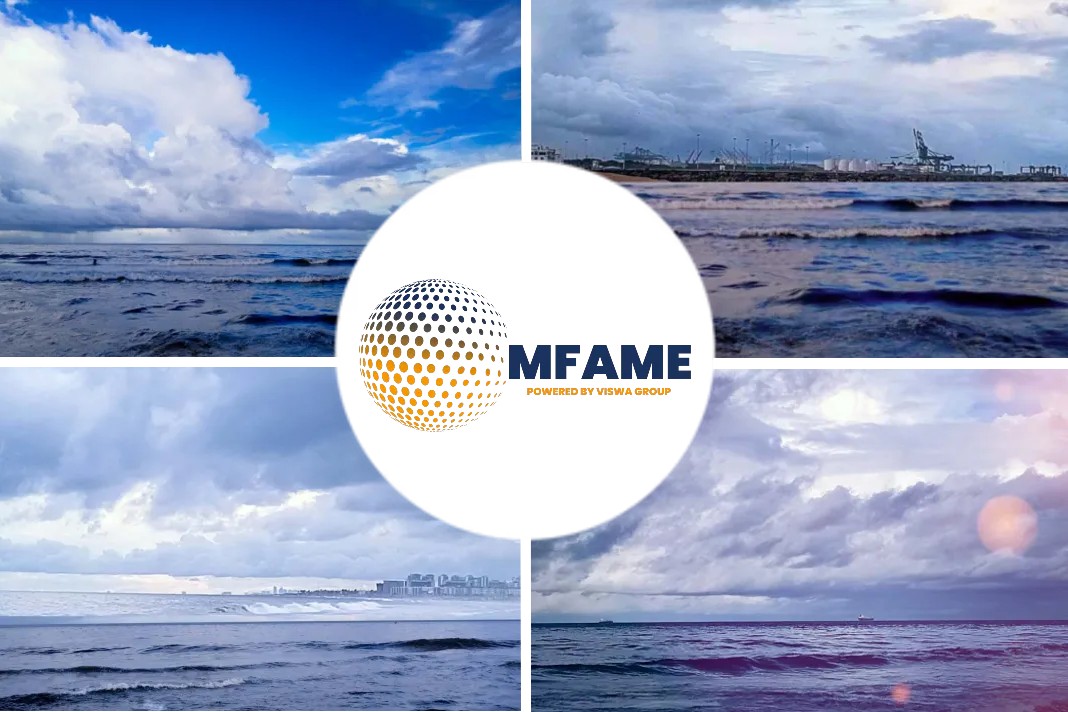- Due to a shortage of trucks in the U.S. and Europe, supply networks are affected around the world and causing backlogs at terminals and ports.
- The shippers and importers are in a rush to get their shipments out of China due to week-long celebrations.
- Due to trade war, U.S. tariff increases on $250 billion worth of Chinese imports is set to come into effect on October 1, 2019.
- The emergence of IMO 2020 coupled with the increase of mega-vessels and blanking sailings are set to affect the maritime industry.
According to a blog published by Aliona Yurlova in Port Technology, the beginning of 2020 could potentially be tumultuous for the container shipping industry.
Insights for the maritime industry in 2020
Aliona Yurlova, International Business Development at Digital freight forwarder iContainers, has written an exclusive insight for Port Technology on exactly how these, as well as the growing fleet of mega-ships, will affect the industry into 2020 and beyond.
It’s that time of the year again in which we find ourselves in the midst of a logistical flurry as shippers and importers worldwide rush to get their shipments out of China before the country’s week-long shutdown as part of their National Day Golden Week celebrations.
Every year, demand and rates rise in the weeks leading up to the closure and the industry finds itself facing a scarcity of container slots and equipment.
But this year, the resulting increase in rates and shortages has been further affected by several unconventional factors.
Truck shortages to take a toll on supply
Already, ongoing trucking shortages in the US and Europe are taking a toll on supply networks around the world and causing backlogs at terminals and ports. The congestion is further exacerbated by an earlier 2020 Chinese New Year, for which some cautious and strategic shippers may already be preparing.
Given the potential operational complications that could arise in the fourth quarter of the year, the 2019 National Day Golden Week is also an implicit cut-off date before which shippers should get their cargo out from the world’s largest exporter — or face serious repercussions to their supply chain for months to follow.
US-China Trade War
The tit-for-tat tariffs between the two largest economies have been causing problems for over well over a year. Ever since the two economic superpowers locked horns and the first tranche of tariffs was implemented last July, the world has been on its feet as it attempts to balance and address the uncertainties being hurled at them.
But this year, developments in the trade war have come at a particularly sensitive time. The next batch of US tariff increases on $250 billion worth of Chinese imports is set to come into effect on October 1, just as the Golden Week shutdown begins.
Naturally, this has triggered an increase in demand for exports out of China as shippers look to avoid not one, but two problems that have the potential to cause their shipping costs to increase.
As if that wasn’t enough, another batch of tariffs has been set for December 15 — which some importers and shippers may already be planning for.
The emergence of IMO 2020
Adding to the export rush from the world’s largest exporter is the IMO 2020 implementation.
The deadline for compliance is drawing near and carriers who haven’t already begun preparations for the regulation will be starting to do so very soon. One of the most common compliance strategies is the installation of scrubbers, which requires taking a vessel out of the rotation.
Alphaliner is estimating that as many as 16 percents of the container fleet responsible for more than a third of total TEU capacity worldwide will be fitted with scrubbers.
Not all will do so in time for the regulation, but we’re still talking about a significant amount of capacity that will be affected.
To avoid rollovers and delays, shippers will likely be rushing to get their shipments in and/or out of China in time, adding to the congestion the industry is already experiencing.
Mega-Vessels
The use of mega-vessels is on the rise, as evidenced by recent orders of 23,000TEU vessels by carriers including Evergreen, HMM, and MSC. The delivery of the 23,756TEU MSC Gülsün to much fanfare this summer also points to an unlikely end to the mega-ship race anytime soon.
With their ability to transport higher volumes of containers, the cost-saving benefits that mega-ships offer are clear. Problems, however, tend to arise in and around the Golden Week.
The operational shutdown in China results in plummeting demand for imports into the country. In response, carriers often announce blank sailings to cope.
With an 8,000 to 10,000TEU vessel, the problems aren’t as severe. Blank sailings and service cuts to a 23,000TEU vessel, however, will have far graver consequences as more containers get rolled and ports get increasingly packed.
Conclusion
In light of these circumstances, it’s clear that now, more than ever is the moment shippers really need to stay up to date with carrier announcements and industry and trade developments.
Open and clear communication with freight forwarders has also become extremely crucial to ensure shippers stay on top of the game and not get hit with the unexpected.
Did you subscribe to our daily newsletter?
It’s Free! Click here to Subscribe!
Source: PortTechnology



















